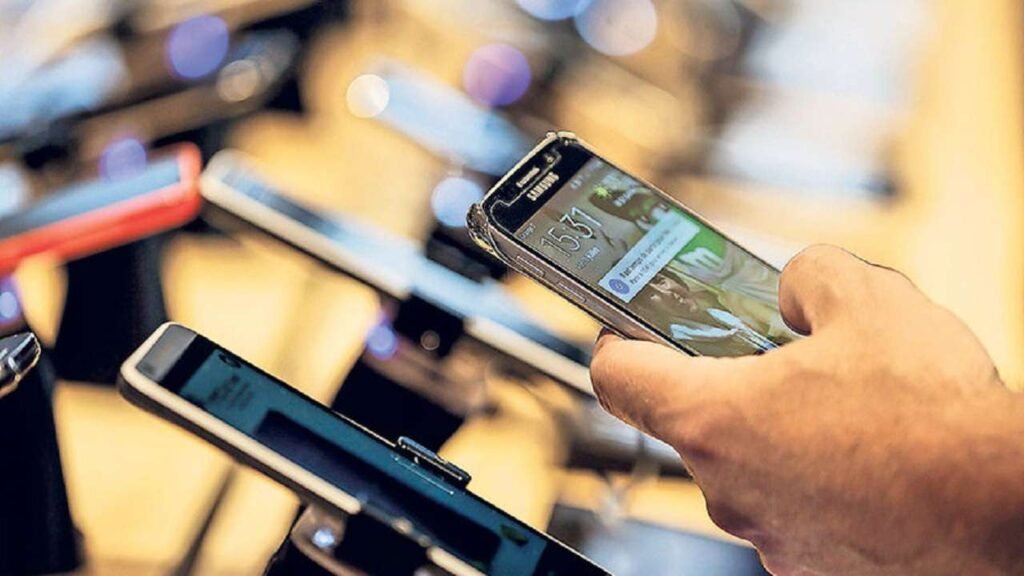The Smartphone sale estimated has been lowered because the pandemic has hurt the supply of new devices and also as there are fewer customers wanting to buy new phones.
The Corona crisis has put the entire world in an economic crisis. The global pandemic has led to a lockout of all the world’s largest and smallest companies, although now work is slowly coming back on track, but this transition has caused a huge economic loss to the whole world. After China, India is the name for the smartphone and mobile market, but due to the transition, smartphone sale in India has been very low this year.

A report by market research firm TechArk says that India will see a 20% decrease in smartphone sale in the year 2020 compared to 2019. This year, due to a huge supply shortfall with demand, more than 127 million smartphones will be sold as compared to last year, although it was estimated to sell 16.2 million smartphones.
Devices priced between Rs5,001 and Rs25,000, are set to constitute over 92% of the total smartphone sales in India this year. The small luxe segment (Rs50,000 and above) “will be least impacted as the propensity to spend will still remain high in that segment,” techARC noted. However, there will be some shift in demand from upper segments to lower ones as people “would want to save as much as possible owing to uncertainties around.”

This year’s sales estimates are 21.6 percent lower than previously released estimates. Last year, 12.5 percent of smartphones were sold, while 145 million smartphones were sold. The report has mentioned that the entry-level and mid-price segments (from Rs 5,001 to Rs 25,000) would account for 92 percent of the total smartphone sales. The report says that the slowdown will not affect the premium segment smartphone. Explaining that after the nationwide lockdown, companies like Samsung, Vivo, Realme, Techno, and ITEL have extended the warranty of their smartphones.
During the lockdown, several brands tried new ways to continue catering to customers even as shops were shut and e-commerce portals were not allowed to sell anything other than essential items. For instance, Beijing-based Xiaomi geared up to make doorstep deliveries even before the lockdown in mid-March, and on May 10, it launched a new model. Other brands, including Poco, OnePlus, and Apple, launched new phones during India’s lockdown.

Several of them have introduced hyperlocal O2O (online-to-offline) medium. This could pick up well and contribute 5-7% of the total sales in the coming months as it fulfills deliveries in less than a day, techARC noted, adding that “this agility in brands is becoming their strength and shall play a vital role in their business continuity going forward.”
